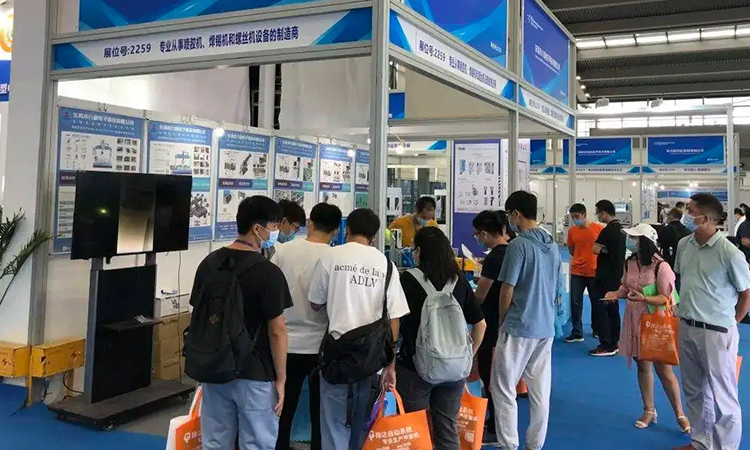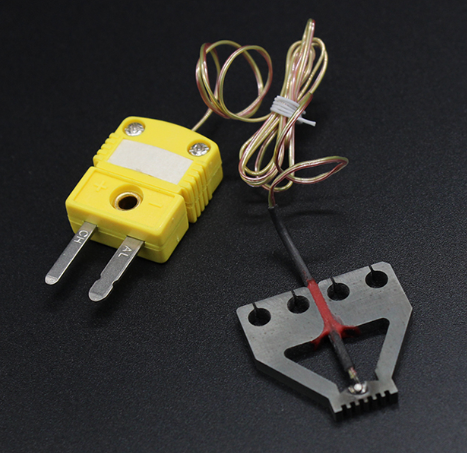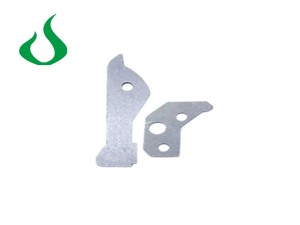MENU

 LNG
LNG
The basic principle of the thermmocouple spot welding head is that two conductors of different components form a closed loop. When there is a temperature gradient at both ends, current will flow through the loop. At this time, there is an electromotive force-thermoelectromotive force between the two ends. This is the so-called Seebeck effect. Two homogeneous conductors with different compositions are thermoelectrodes, the end with a higher temperature is the working end, the end with a lower temperature is the free end, and the free end is usually at a certain constant temperature.
When the third metal material is connected in the thermocouple circuit, as long as the temperature of the two junctions of material is the same, the thermoelectric potential generated by the thermocouple will remain unchanged, that is , it will not be affected by the third metal in the circuit. Therefore, when using the thermocouple spot welding head to measure the temperature, the measuring instrument can be connected, and the temperature of the measured medium can be known after the thermoelectromotive force is measured. When the thermocouple measures temperature, the temperature of its cold end( the measuring end is the hot end, and the end connected to the measuring circuit through the lead is called the cold end) is required to keep the temperature unchanged, and its thermoelectric potential is proportional to the measured temperature. If the(environment) temperature of the cold junction changes during measurement, it will seriously affect the accuracy of the measurement. Taking certain measures at the cold junction to compensate for the influence caused by the temperature change of the cold junction is called the cold junction compensation of the thermocouple is normal. Dedicated compensation wire for connection with measuring instrument.
The thermocouple spot welding head is a kind of temperature sensing element, a kind of primary instrument, and the thermocouple directly measures the temperature. A closed loop composed of two conductors with different composition materials. Due to the different materials, different electron densities produce electron diffusion, and after a stable equilibrium, an electric potential is generated. When there is a gradient temperature at both ends, a current will be generated in the loop, and a thermoelectromotive force will be generated. The greater the temperature difference, the greater the current. After measuring the thermoelectromotive force, the temperature value can be known. A thermocouple is actually an energy converter that converts heat energy into electrical energy.
The technical advantages of the thermocouple spot welding welding head: the thermocouple has a wide temperature measurement range and relatively stable performance; high measurement accuracy, the thermocouple is in direct contact with the measured object, and is not affected by the intermediate medium; The thermal response time is fast, and the thermocople responds flexibly to temperature change; the measuring range is large, and the thermocouple can continuously measure the temperature from-40 to +1600℃; the thermocouple had reliable performance and good mechanical strength. Long service life and convenien installation.
Weld the conductors or semiconductors A and B of two different materials to form a closed loop. When there is a temperature difference between the two attachment points 1 and 2 of the conductors A and B, and electromotive force is generated between the two, so a large current is formed in the loop. This phenomenon is called the thermoeletric effect. Thermocouple work using this effect.


